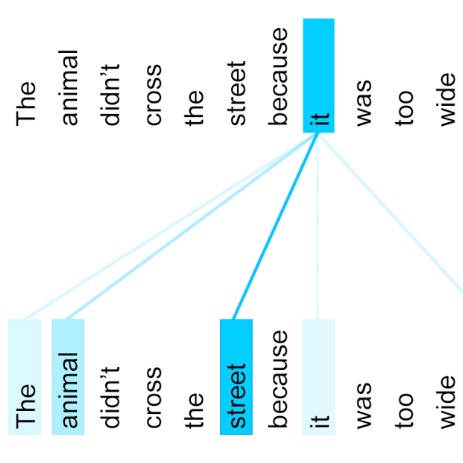Simplicial complexes form an important class of topological spaces that are frequently used in many application areas such as computer-aided design, computer graphics, and simulation. Representation learning on graphs, which are just 1-d simplicial complexes, has witnessed a great attention in recent years. However, there has not been enough effort to extend representation learning to higher dimensional simplicial objects due to the additional complexity these objects hold, especially when it comes to entire-simplicial complex representation learning. In this work, we propose a method for simplicial complex-level representation learning that embeds a simplicial complex to a universal embedding space in a way that complex-to-complex proximity is preserved. Our method uses our novel geometric message passing schemes to learn an entire simplicial complex representation in an end-to-end fashion. We demonstrate the proposed model on publicly available mesh dataset. To the best of our knowledge, this work presents the first method for learning simplicial complex-level representation.
翻译:简易复合体是许多应用领域(例如计算机辅助设计、计算机图形和模拟)经常使用的重要的表层空间。图表上只是一维简易复合体,近年来对图表的演示学习受到极大关注。然而,由于这些物体所持有的更多复杂性,我们没有作出足够的努力,将演示学习扩大到高维简易物体,特别是涉及整个简化复杂代表性学习时更是如此。在这项工作中,我们提出了一个简易复杂层次的代表学习方法,将一个简易复合复合体嵌入一个普遍的嵌入空间,从而保持复杂到复合体相近状态。我们的方法是利用我们新的几何学信息传递计划,以端对端的方式学习整个简易复杂的表达方式。我们展示了公开提供的网格数据集的拟议模型。我们最了解的情况是,这项工作是学习简易复杂复杂层次代表的第一个方法。




